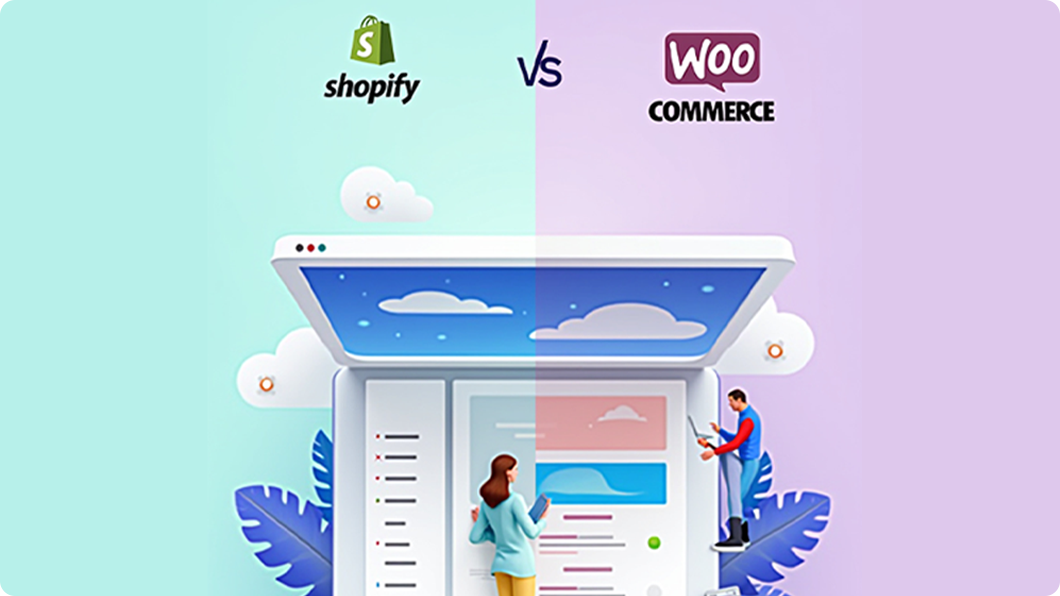
Edge Computing: Revolutionizing Data Processing
In today’s digital era, where data is generated at an unprecedented rate, traditional computing models face significant challenges in processing and analyzing this massive influx of information efficiently. This is where edge computing comes into play, offering a paradigm shift in how data is handled and enabling faster and more reliable processing capabilities. In this article, we will delve into the world of edge computing, exploring its fundamentals, benefits, use cases, challenges, and its pivotal role in the Internet of Things (IoT).
Introduction to Edge Computing
Edge computing refers to a decentralized computing architecture that brings data processing closer to the source of data generation. Unlike the conventional cloud computing model, where data is transmitted to a centralized server or data center for processing, edge computing pushes computational power and storage closer to the edge of the network, near the devices and sensors generating the data. This proximity allows for real-time analysis, reduced latency, and more efficient bandwidth utilization.
Understanding the Basics of Edge Computing
At its core, edge computing aims to address the limitations and constraints imposed by cloud computing in scenarios where low latency, high bandwidth, and real-time processing are critical. By leveraging localized computing resources, edge computing enables faster decision-making and improves the overall performance of applications and services. This is achieved by distributing the workload across a network of edge devices, such as edge servers, gateways, and routers, located closer to the data source.
Benefits of Edge Computing
- Reduced Latency
- Bandwidth Optimization
- Improved Reliability
- Data Privacy and Security
Use Cases and Applications of Edge Computing
- Smart Cities
- Industrial IoT
- Autonomous Vehicles
- Remote Locations
- Video Surveillance
- Retail and Customer Experience
Challenges and Limitations of Edge Computing
While edge computing offers numerous advantages, it also presents certain challenges and limitations that need to be addressed:
- Infrastructure Complexity: Implementing an edge computing architecture requires deploying and managing a distributed network of edge devices, which can be complex and resource-intensive.
- Data Synchronization: Ensuring consistent and synchronized data across edge devices and the central system can be challenging, especially in dynamic environments with frequent updates and changes.
- Security Risks: Edge computing introduces new security risks, as edge devices may be more vulnerable to physical tampering or unauthorized access. Robust security measures and encryption protocols are essential to mitigate these risks.
- Scalability: Scaling edge computing deployments to accommodate a growing number of devices and applications requires careful planning and resource allocation. Proper scalability measures should be in place to ensure efficient performance.

Edge Computing vs. Cloud Computing
While edge computing and cloud computing are both integral parts of modern computing architectures, they differ in various aspects:
Data Processing Location: Edge computing processes data closer to the source, at the edge of the network, whereas cloud computing performs data processing in centralized servers or data centers.
Latency: Edge computing reduces latency by minimizing the distance data travels for processing, resulting in real-time or near-real-time responses. Cloud computing, on the other hand, may have higher latency due to data transmission to and from the cloud.
Bandwidth Usage: Edge computing optimizes bandwidth usage by transmitting only relevant or summarized data to the cloud. In cloud computing, more substantial amounts of data are transferred to and from the cloud for processing and storage.
Scalability and Flexibility: Cloud computing offers greater scalability and flexibility as resources can be provisioned and scaled dynamically. Edge computing, although more limited in scale, provides localized processing and can function independently even without a reliable network connection.
Use Case Suitability: Edge computing is suitable for applications requiring low latency, real-time processing, and localized decision-making, such as IoT, autonomous vehicles, and industrial automation. Cloud computing excels in scenarios that prioritize massive storage capacity, extensive data analysis, and resource-intensive computing tasks.
The Role of Edge Computing in IoT
Edge computing and the Internet of Things (IoT) are closely interconnected. The massive influx of data generated by IoT devices requires efficient processing and analysis, which is where edge computing shines. By bringing computation closer to the edge devices, edge computing enables faster response times, reduces network congestion, and enhances the overall performance and scalability of IoT systems.

Future Trends and Developments in Edge Computing
The field of edge computing is rapidly evolving, and several trends and developments are shaping its future:
AI at the Edge: The integration of artificial intelligence (AI) and machine learning (ML) algorithms with edge computing enables intelligent decision-making and real-time analytics at the edge. This trend will lead to more advanced and autonomous edge devices capable of processing and analyzing data locally.
5G and Edge Computing Synergy: The rollout of 5G networks offers ultra-low latency and high-speed connectivity, which complements edge computing capabilities. The combination of 5G and edge computing will unlock new possibilities in areas such as autonomous vehicles, augmented reality, and real-time video analytics.
Edge-to-Cloud Integration: As edge computing continues to mature, seamless integration between edge devices and the cloud will become increasingly important. This integration will enable hybrid architectures where data processing is distributed between the edge and the cloud, depending on the specific requirements of the application.
Standardization and Interoperability: Efforts are underway to establish industry standards and protocols for edge computing, promoting interoperability among different edge devices and platforms. Standardization will facilitate the development of a robust ecosystem and encourage widespread adoption of edge computing technologies.
Conclusion
Edge computing represents a paradigm shift in data processing and analysis, bringing computation closer to the source and enabling real-time decision-making, reduced latency, and optimized bandwidth usage. It finds applications in various industries, including IoT, smart cities, industrial automation, and autonomous vehicles. The benefits of edge computing, such as reduced latency, improved reliability, and enhanced data privacy, make it a compelling solution for modern computing needs.
However, edge computing also poses challenges, such as infrastructure complexity, data synchronization, security risks, and scalability concerns. These challenges need to be addressed through careful planning, robust security measures, and scalable architectures.
The relationship between edge computing and cloud computing is complementary yet distinct. While cloud computing offers scalability and extensive data storage capabilities, edge computing excels in low-latency, real-time processing, and localized decision-making. Organizations need to evaluate their specific requirements to determine the optimal combination of edge and cloud computing for their applications.
Looking ahead, the integration of AI at the edge, the synergy with 5G networks, and the establishment of industry standards will shape the future of edge computing. The seamless integration between edge and cloud architectures and the focus on interoperability will unlock new possibilities and accelerate the adoption of edge computing technologies.
In conclusion, edge computing is revolutionizing the way data is processed and analyzed. Its ability to bring computation closer to the source of data generation enables faster response times, reduced latency, and enhanced reliability. With its wide range of applications and ongoing developments, edge computing is poised to play a pivotal role in shaping the future of computing and powering innovative solutions across industries.





